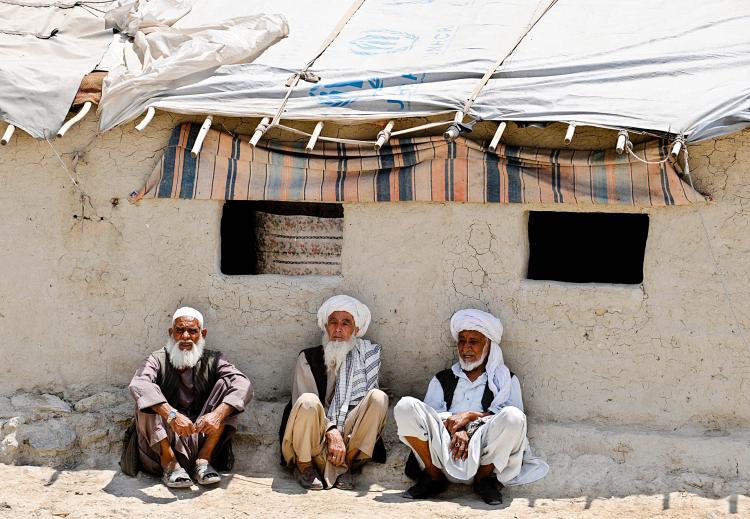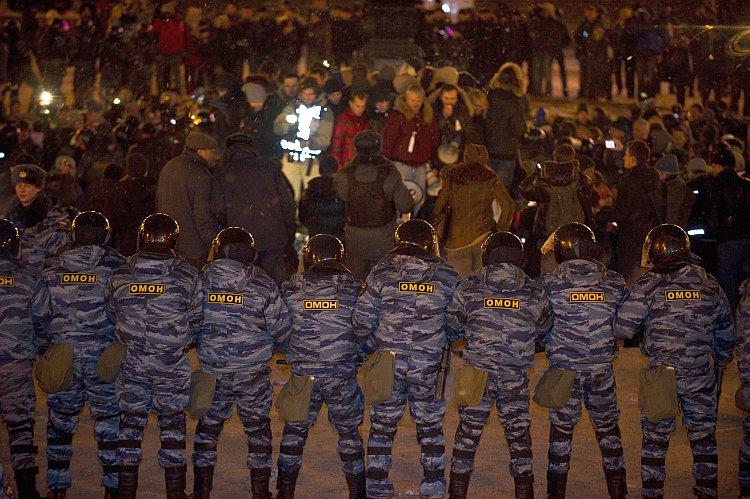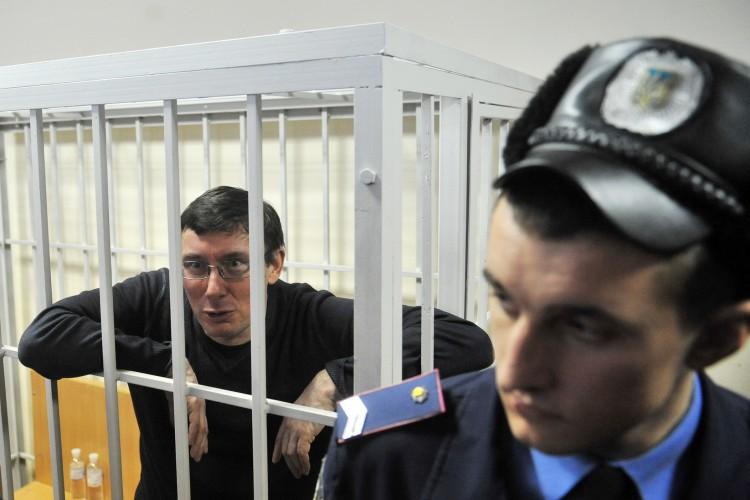More than 1,000 Afghan civilians have been killed in armed violence and security incidents in the last six months, according to a report by Afghanistan Rights Monitor published Monday.
The organization says that 1,074 civilians were killed and 1,500 injured between January and June this year, which is a slight increase compared with the same period in 2009.
Meanwhile the number of civilians killed in NATO air strikes has halved, found the report.
The decrease in casualty numbers in airstrikes on the Allied side was attributed to changes in the rules of engagement issued in 2009 by former NATO commander Gen. Stanley McChrystal. Those rules have severely limited the circumstances under which troops can call in an air strike.
The newly appointed commander of the international forces in Afghanistan, U.S. Gen. David Petraeus, has vowed to carry on with his predecessor’s policy.
According to the report, there have also been instances of civilian casualties in house raids.
The ARM says that 61 percent of all civilian deaths were caused by insurgents who use roadside improvised bombs to attack foreign and Afghan soldiers. Suicide bombs were also a major cause of death that inflicted catastrophic impacts on civilian people, the organization says.
The Afghanistan Rights Monitor reports that Taliban insurgents and al-Qaeda allies have become “more resilient, multi-structured and deadly.”
The report identifies three insurgent factions as being responsible for the violence: the so-called Quetta Shura of the Taliban, the self-proclaimed Islamic Emirate of Afghanistan; the Hezb-e-Islami Hekmatyar; and the Haqqani Group. All groups are acting against President Hamid Karzai’s government and its foreign backers.
The authors of the report mark that 2010 has been the worst in terms of insecurity since the demise of the Taliban regime in late 2001.
The Afghanistan Rights Monitor, established in 2008, is an independent Afghan rights watchdog monitoring human rights violations across Afghanistan, according to their website.
The organization says that 1,074 civilians were killed and 1,500 injured between January and June this year, which is a slight increase compared with the same period in 2009.
Meanwhile the number of civilians killed in NATO air strikes has halved, found the report.
The decrease in casualty numbers in airstrikes on the Allied side was attributed to changes in the rules of engagement issued in 2009 by former NATO commander Gen. Stanley McChrystal. Those rules have severely limited the circumstances under which troops can call in an air strike.
The newly appointed commander of the international forces in Afghanistan, U.S. Gen. David Petraeus, has vowed to carry on with his predecessor’s policy.
According to the report, there have also been instances of civilian casualties in house raids.
The ARM says that 61 percent of all civilian deaths were caused by insurgents who use roadside improvised bombs to attack foreign and Afghan soldiers. Suicide bombs were also a major cause of death that inflicted catastrophic impacts on civilian people, the organization says.
The Afghanistan Rights Monitor reports that Taliban insurgents and al-Qaeda allies have become “more resilient, multi-structured and deadly.”
The report identifies three insurgent factions as being responsible for the violence: the so-called Quetta Shura of the Taliban, the self-proclaimed Islamic Emirate of Afghanistan; the Hezb-e-Islami Hekmatyar; and the Haqqani Group. All groups are acting against President Hamid Karzai’s government and its foreign backers.
The authors of the report mark that 2010 has been the worst in terms of insecurity since the demise of the Taliban regime in late 2001.
The Afghanistan Rights Monitor, established in 2008, is an independent Afghan rights watchdog monitoring human rights violations across Afghanistan, according to their website.






